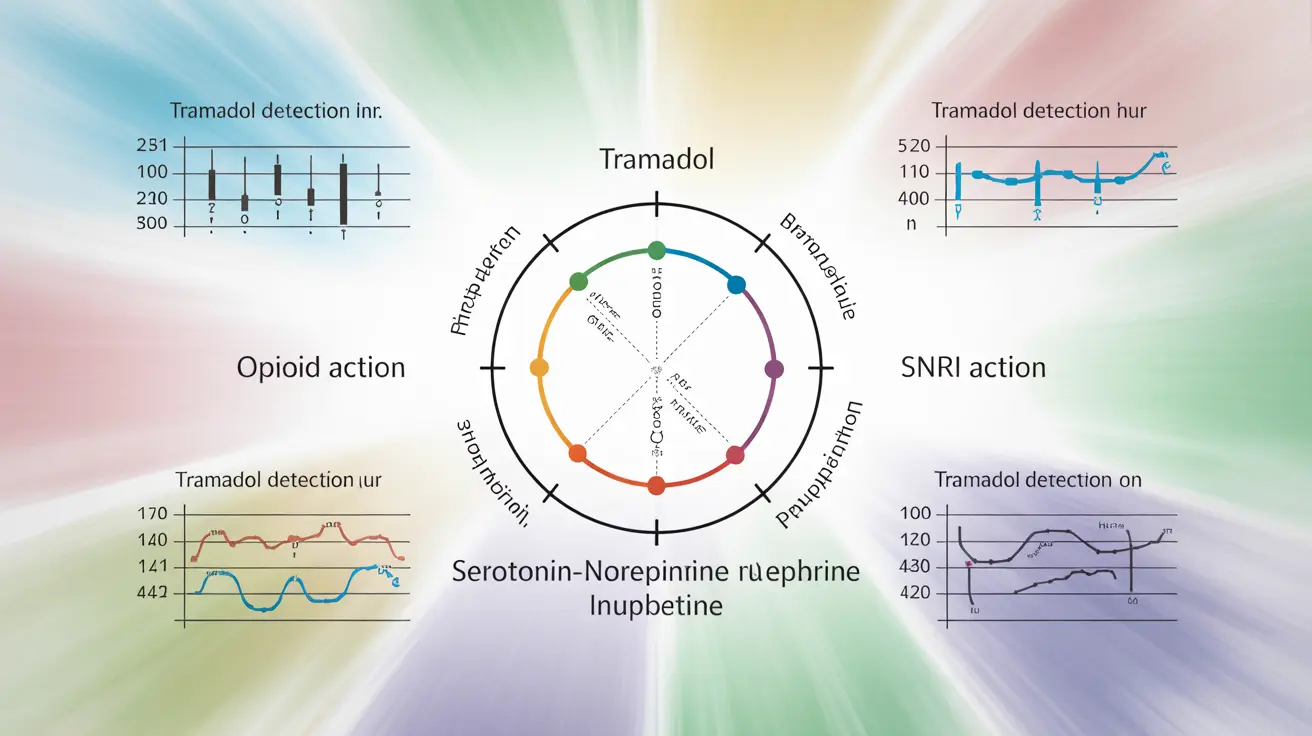Tramadol is a prescription medication widely used for managing moderate to severe pain. Understanding how long tramadol lasts in your system is crucial for both effective pain management and safe medication use. This comprehensive guide explores the duration of tramadol's effects, detection times, and important considerations for patients.
How Tramadol Works in Your Body
Tramadol functions as a dual-action pain reliever, working as both an opioid medication and a serotonin-norepinephrine reuptake inhibitor (SNRI). This unique mechanism provides effective pain relief while potentially reducing the risk of dependency compared to traditional opioids.
Duration of Pain Relief
Immediate-Release Tramadol
The immediate-release form of tramadol typically provides pain relief for 4-6 hours. Patients usually take this formulation every 4-6 hours as needed for pain management, with effects beginning within an hour of administration.
Extended-Release Tramadol
Extended-release tramadol is designed for 24-hour pain control. This formulation releases the medication gradually, providing consistent pain relief throughout the day. It's particularly beneficial for patients with chronic pain conditions requiring ongoing management.
Detection Windows for Drug Tests
The duration tramadol remains detectable varies by test type:
- Urine: 1-4 days after last use
- Blood: Up to 24 hours
- Saliva: 24-48 hours
- Hair: Up to 90 days
Factors Affecting Tramadol Duration
Several factors influence how long tramadol remains in your system:
- Age and metabolism
- Liver and kidney function
- Dosage and frequency of use
- Body mass and composition
- Hydration levels
- Other medications being taken
Safety Considerations and Side Effects
Common side effects of tramadol include:
- Dizziness
- Nausea
- Constipation
- Headache
- Drowsiness
These effects typically subside as your body adjusts to the medication. However, immediate medical attention is necessary if you experience severe side effects such as difficulty breathing or allergic reactions.
Medication Interactions and Precautions
Tramadol can interact with various medications, particularly other central nervous system depressants. It's essential to inform your healthcare provider about all medications you're taking, including over-the-counter drugs and supplements.
Frequently Asked Questions
How long does tramadol last in the body, and what are its effects on pain management? Tramadol's pain-relieving effects last 4-6 hours for immediate-release and up to 24 hours for extended-release formulations. The medication itself can remain detectable in your system for several days, depending on various personal factors.
What are the differences between regular and extended-release tramadol, and which one is more effective for long-term pain relief? Regular tramadol provides shorter-term relief (4-6 hours) and is taken multiple times daily. Extended-release tramadol offers 24-hour coverage and is generally more effective for chronic pain management, requiring only once-daily dosing.
How long can tramadol be detected in urine, blood, saliva, and hair tests, and what are the factors that influence detection times? Detection times vary: urine (1-4 days), blood (24 hours), saliva (24-48 hours), and hair (up to 90 days). Factors affecting detection include metabolism, dosage, frequency of use, and individual physical characteristics.
What are the common side effects and withdrawal symptoms associated with tramadol use, and how can they be managed? Common side effects include dizziness, nausea, and drowsiness. Withdrawal symptoms may include anxiety, sweating, and insomnia. These can be managed through proper tapering under medical supervision and supportive care.
Is it safe to combine tramadol with other medications, such as nonsteroidal anti-inflammatory drugs (NSAIDs), and what are the potential risks of mixing these medications? While tramadol can be safely combined with NSAIDs under medical supervision, there are risks of increased side effects and interactions. Always consult your healthcare provider before combining medications.




